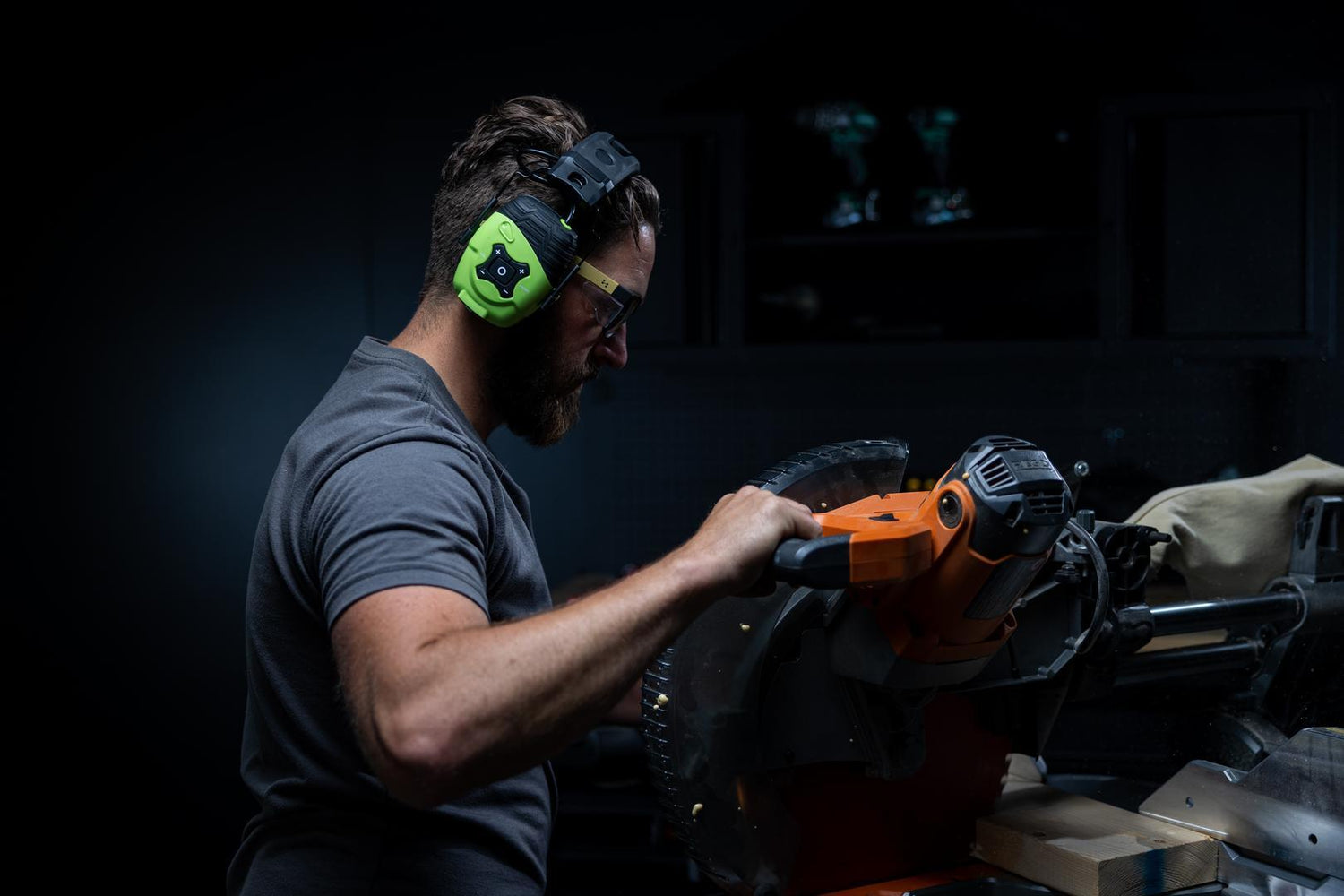Choosing the right hearing protection is crucial, especially in noisy environments like construction sites, shooting ranges, and industrial settings. Two popular types of hearing protection—earbud and earmuff—offer unique advantages depending on the user’s needs and setting. While many believe earmuff options always block more noise, the effectiveness of either type largely depends on fit, technology, and usage. Let’s explore the differences, benefits, and electronic options available for each.
Earbud Hearing Protection
Earbud hearing protection, such as foam earplugs or custom-molded plugs, fits directly into the ear canal. These options are compact, lightweight, and often more comfortable for extended wear. They provide high levels of noise reduction by forming a tight seal within the ear canal, making them effective for environments requiring mobility or the use of other protective gear like helmets or goggles.
Electronic Earbud Hearing Protection
Electronic earbud protection adds an advanced layer to traditional earplugs by incorporating microphones and sound processing technology. Brands like ISOtunes® offer earbud electronic devices that reduce loud, harmful noises like machinery or gunshots while amplifying safe, low-level sounds such as conversations and environmental cues. This feature is particularly beneficial in work environments where hearing alarms or communicating with team members is essential. The portability and versatility of electronic earbud devices make them a popular choice among users who need hearing protection without sacrificing situational awareness.
Earmuff Hearing Protection
Earmuff protection covers the entire ear with padded cushions that form a seal around the ear. Although there is a common misconception that eramuff protectors always offer better noise reduction, both types can achieve high noise reduction ratings (NRRs). The primary advantage of earmuffs is their ease of use, making them ideal for environments where workers need to frequently adjust their protection, such as in manufacturing or construction settings.
Electronic Earmuff Hearing Protection
Electronic earmuff hearing protection offers additional advantages in high-noise environments. Advanced features such as adjustable amplification enable users to customize their experience, which is particularly helpful in dynamic settings where communication is critical. For example, at a shooting range, users can hear range commands clearly while being fully protected from gunshots.
Electronic earmuffs are also popular in construction and industrial settings, where team communication is vital for safety. These advanced features make electronic earmuffs an excellent choice for professionals who require seamless integration of hearing protection and situational awareness.
Choosing the Right Hearing Protection
Selecting between earbud and earmuff protection depends on several factors:
-
Mobility and Comfort: Earbud options are more compact and lightweight, making them suitable for long-term use, especially when other headgear like helmets or goggles is required.
-
Situational Awareness: Electronic versions of both types allow users to hear critical sounds while blocking harmful noise.
-
Environmental Demands: In loud yet dynamic environments where communication is essential, electronic ear protection is often preferred. In quieter or more isolated settings where mobility is a priority, true wireless earbud models may be the better choice.
Both earbud and earmuff hearing protection options provide a strong defense against noise-induced hearing loss. The decision ultimately comes down to personal preference and the specific requirements of the work or activity. By prioritizing comfort, situational awareness, and environmental demands, users can select the best hearing protection to suit their needs.



